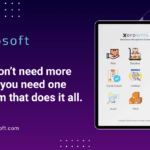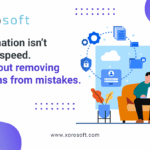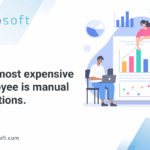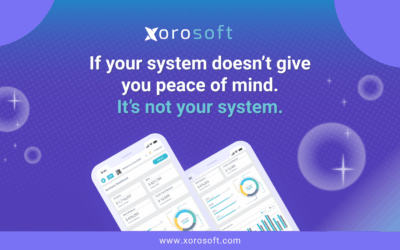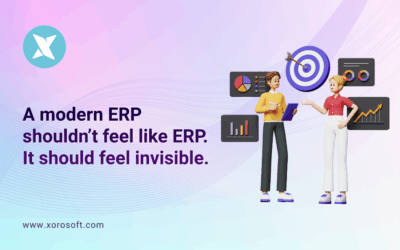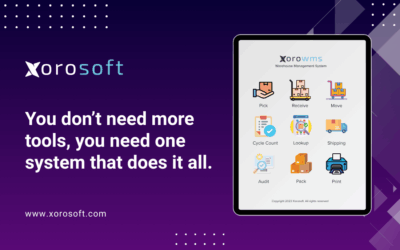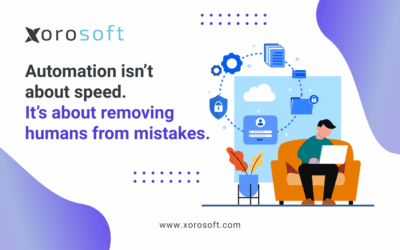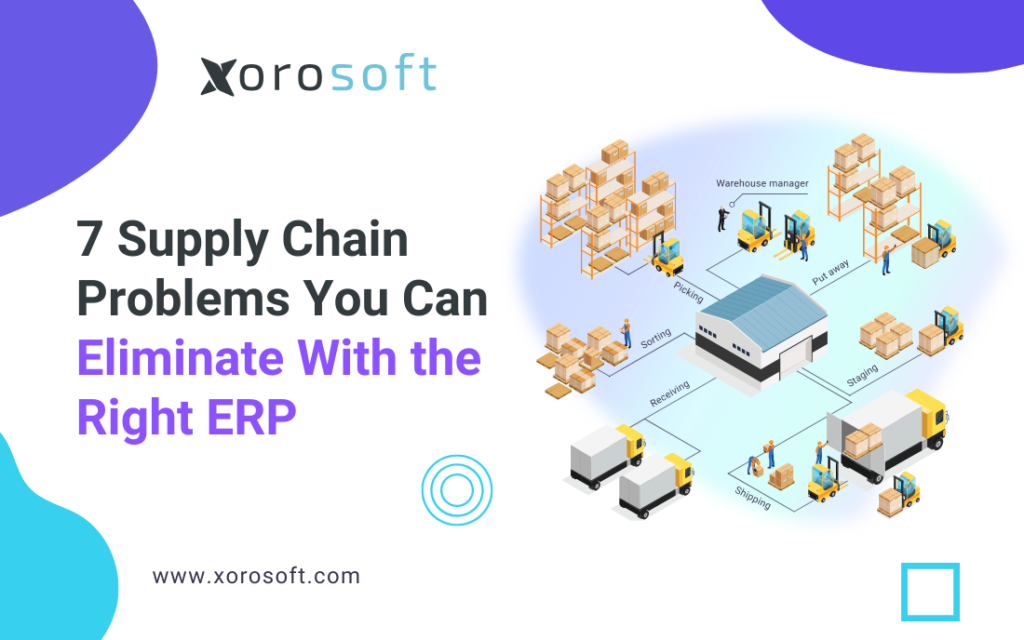
Growth Is Good—But Chaos Shouldn’t Follow
Supply chain problems ERP can solve often appear when a business begins scaling quickly. Orders pour in from multiple channels, customers expect faster delivery, and suppliers demand accurate forecasts.
Yet behind the scenes, operations start to unravel. In fact, spreadsheets are outdated before your team finishes updating them. Warehouses still rely on sticky notes and verbal instructions. Finance teams often wait weeks before they can see real numbers.
As a result, stress levels rise. Orders get missed, margins shrink, and supply chain managers spend more time firefighting than driving growth.
Fortunately, this chaos isn’t permanent. Instead, it’s a signal that your business has outgrown its old systems.
The Most Common Supply Chain Problems ERP Fixes
➡️ Inventory Blind Spots That Hurt Sales
When stock counts live in spreadsheets or disconnected apps, no one can confidently answer: “What do we actually have right now?”
This creates two major risks. On one side, stockouts frustrate customers and cost you revenue. On the other hand, over-ordering ties up capital in slow-moving goods. Moreover, your sales team might promise items you can’t deliver.
➡️ Manual Fulfillment That Slows Everything Down
If your warehouse depends on paper pick lists or basic shipping plug-ins, fulfillment becomes a bottleneck.
Errors multiply, packages go out late, and customer trust erodes. As a result, your team spends valuable hours fixing mistakes instead of scaling operations. At the same time, your warehouse team struggles to keep up with growing demand.
➡️ Procurement Teams Left Guessing
Without a clear view of purchase orders, supplier commitments, and lead times, procurement becomes reactive.
That means missed discounts, poor negotiating leverage, and late replenishments. Even though suppliers may offer favorable terms, you often miss them. Consequently, you lose both money and supplier confidence.
➡️ Accounting That’s Always Playing Catch-Up
Disconnected accounting systems force finance teams to look backward. They can’t provide real-time margin insights or reconcile costs until long after transactions occur.
Because of this, leaders make critical decisions without accurate numbers. Therefore, the financial risk increases at the exact moment growth accelerates.
➡️ Multi-Channel Orders Creating Chaos
Shopify, Amazon, wholesale, and retail orders all flow into separate systems. Because nothing is centralized, orders slip through the cracks and duplicate entries pile up.
For instance, one order might appear in both Shopify and Amazon, doubling the workload. In the end, reconciliation becomes a full-time job for staff who should be focused on scaling.
➡️ Decision-Making Without Real-Time Data
Executives need reporting they can trust to make smart calls on pricing, sourcing, and customer commitments. However, legacy systems and manual reporting keep everyone in the dark.
As a result, decisions are delayed—or worse, based on incomplete information. In other words, companies act without the clarity they need.
➡️ Hidden Costs of Siloed Systems
Every bolt-on tool adds licensing costs, integration headaches, and extra training. Furthermore, they create silos that trap information, making it expensive and time-consuming to connect later.
Above all, these hidden costs drain resources that could have been invested in growth.
Why These Supply Chain Problems Keep Happening
These challenges don’t exist because teams are careless. Instead, they appear because most businesses rely on disconnected apps and outdated tools.
Spreadsheets, QuickBooks, and shipping plug-ins may work early on, but they don’t scale. The root problem is simple: no real-time visibility.
Without one source of truth for inventory, orders, finance, and warehouses, your team operates in the dark. Over time, those cracks widen into costly gaps.
The ERP Shift: From Firefighting to Control
Modern businesses can’t afford reactive supply chains. The shift is toward unified ERP platforms that bring every part of operations under one roof.
With ERP, you get:
-
Real-time inventory visibility across all locations and channels
-
Automated warehouse management with barcode scanning and multi-location control
-
Integrated procurement and vendor tracking for smarter buying
-
Native Shopify, Amazon, and B2B connections for seamless order flow
-
Accurate accounting connected directly to operations
-
Customizable reporting so leaders can act on live data
In addition, ERP reduces reliance on manual reporting and improves collaboration. As a result, teams stop firefighting and focus on long-term strategy.
Why Xorosoft ERP Stands Out
This is exactly where Xorosoft ERP changes the game. It was designed from the ground up to eliminate supply chain problems ERP should solve.
Here’s why businesses choose it:
-
Cloud-native and fast to deploy → no endless IT projects.
-
Built-in WMS → not a bolt-on. Pick-pack-ship, barcode scanning, and multi-warehouse control come standard.
-
Real-time visibility → inventory, orders, procurement, and finance in one dashboard.
-
Seamless integrations → native connections to Shopify, Amazon, 3PLs, and more.
-
Automation at scale → hundreds of APIs for invoices, POs, and workflows.
-
Proven usability → ranked #1 in Ease of Use on G2 see details.
-
E-commerce ready → listed on the Shopify App Store as a fully integrated ERP.
With Xorosoft, you can stop fighting inventory blind spots, fulfillment errors, and financial delays. Meanwhile, competitors stuck on outdated systems keep losing efficiency.
Learn more on our website.
Supply Chain Clarity Is Within Reach
The most successful companies don’t eliminate complexity—they manage it better. On the other hand, businesses that keep patching spreadsheets and bolt-ons stay stuck in firefighting mode.
The difference isn’t hiring more people or duct-taping more apps. Instead, it’s running your operations on a system designed for scale.
Growth doesn’t have to feel chaotic. Similarly, it can feel clear, connected, and in control with Xorosoft ERP.
👉 Ready to take control of your supply chain? Book a demo today.


